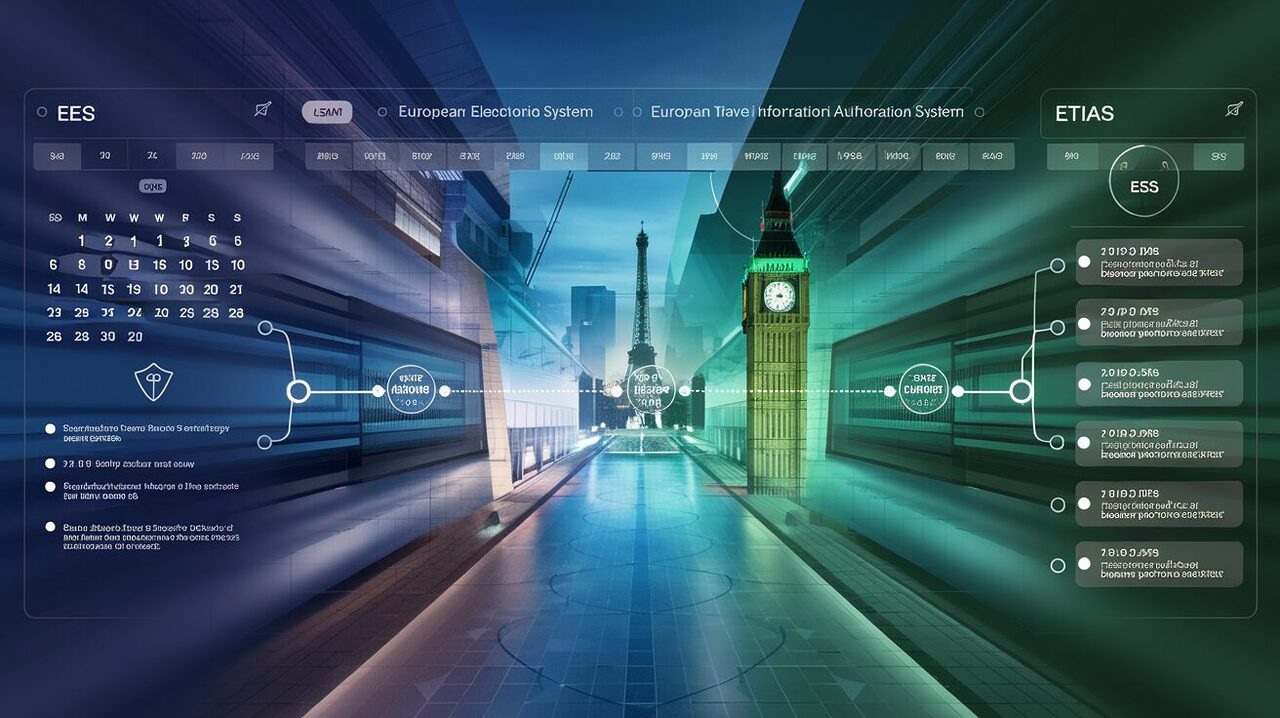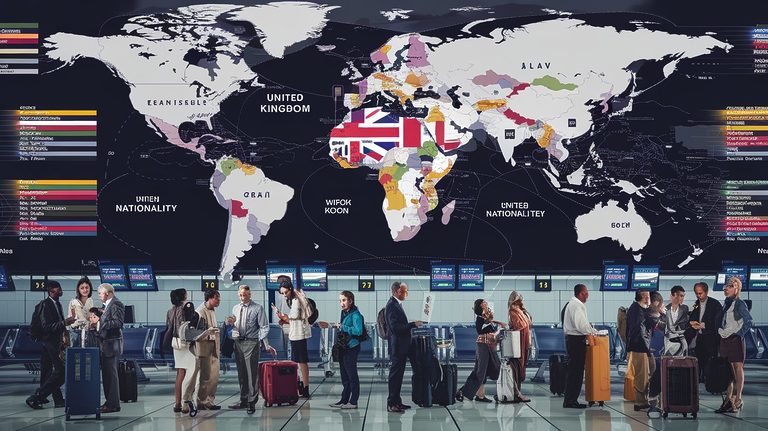On March 5, European Union interior ministers approved a revised schedule for the implementation of the Entry/Exit System (EES) and the European Travel Information and Authorization System (ETIAS). The EES is set to become operational in October 2025, followed by the ETIAS in the last quarter of 2026. These systems are designed to enhance border management, security, and the efficiency of customs procedures across the Schengen area.
The European Union has provided new implementation dates for the Entry/Exit System (EES) and the European Travel Information and Authorization System (ETIAS), which are critical for enhancing border management and security. After several postponements, the EES is now slated to become operational in October 2025, while ETIAS is expected to launch in the last quarter of 2026. This article delivers a detailed overview of the revised timelines and the implications for travelers.
Background on EES and ETIAS Systems
The EES is designed to modernize border management in the Schengen area by digitizing the process of registering short-stay non-EU nationals. This new system aims to record data every time these individuals cross the external borders of the 29 European countries implementing it. Similarly, the ETIAS will act as a travel authorization requirement for individuals traveling from visa-exempt third countries, thus improving security and facilitating smoother travel within Europe.
New Timelines and Phased Implementation
On March 5, EU interior ministers approved the revised timetable for the launch of EES and ETIAS. The original launch for EES, which was set for 2022, faced multiple delays, now pegging its operational start to October 2025. The phased implementation will last up to six months, allowing time for transport sectors and border authorities to adjust to the new processes.
The ETIAS system is expected to follow closely behind, with a finalized agenda for rollout in the last quarter of 2026. This staggered deployment aims to ensure a smooth transition and operational effectiveness within the framework of European travel and security protocols.
Operational Changes and Requirements
As the EES comes into effect in October 2025, an important shift in border control procedures will take place. The system will eliminate the traditional paper stamp on passports, moving towards a fully computerized method where biometric data, including fingerprints and photos, will be recorded at every border crossing. This change is designed to minimize the risk of identity fraud and enhance the accuracy of immigration records.
Impact on Travelers
The introduction of these systems means that all travelers and non-EU citizens will face new obligations starting in fall 2025. The transition to EES will not only improve security measures but also streamline the travel process for frequent visitors. Travelers will need to be aware of these updated regulations to ensure compliance and avoid potential delays at border crossings.
Conclusion of the New Initiatives
The revisions to the implementation timeline of the EES and ETIAS represent a significant step forward in how the European Union manages immigration and border security. With improved technology and increased efficiency, these systems aim to enhance traveler safety and operational processes within the Schengen area.
- EES Launch: Expected in October 2025
- ETIAS Launch: Anticipated in Last Quarter of 2026
- Initial Postponement: EES was originally slated for 2022
- Gradual Implementation: EES will be phased in over Six Months
- ETIAS Start: Scheduled after EES, expanding in End of 2026
- Registration Requirement: Non-EU nationals must register upon entering the EU
- Biometric Data: Collection involved in EES, not for ETIAS
- Border Management: Intended to modernize and simplify controls
- Security Enhancement: Measures to prevent identity fraud
- Travel Authorization: ETIAS required for visa-exempt nationals before departure
On March 5, EU Interior Ministers approved new implementation dates for the Entry/Exit System (EES) and the European Travel Information and Authorization System (ETIAS). The EES is set to become operational in October 2025, while ETIAS will follow in the last quarter of 2026. The EES will automate the registration of non-EU travelers at Schengen borders, enhancing border control efficiency. Conversely, ETIAS will require visa-exempt third-country nationals to obtain digital travel authorization prior to entry, further streamlining travel procedures.

Hello! I’m Elisa, a 45-year-old travel companion with a passion for exploring new places and cultures. With years of travel experience under my belt, I thrive on creating memorable journeys for my clients. Let’s embark on an adventure together!





